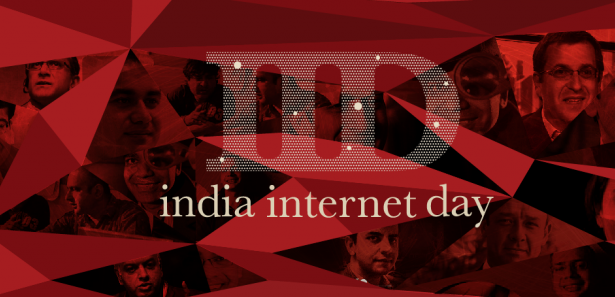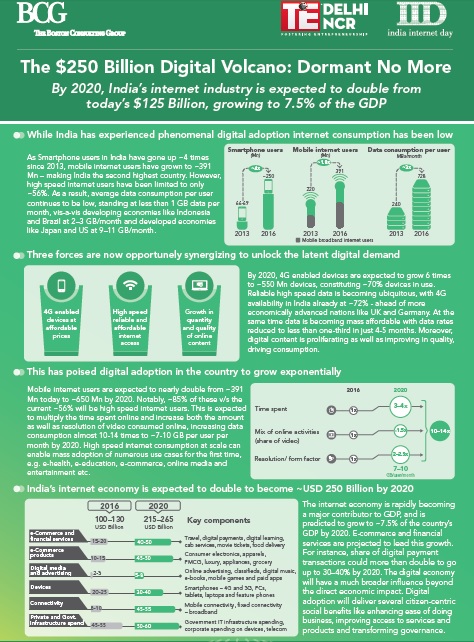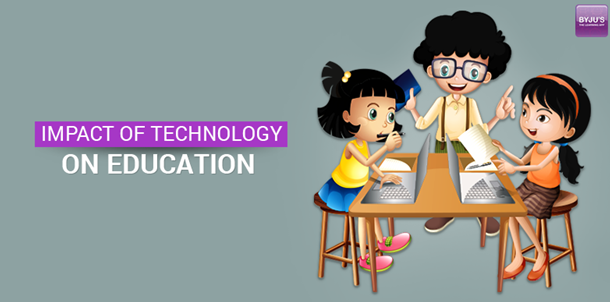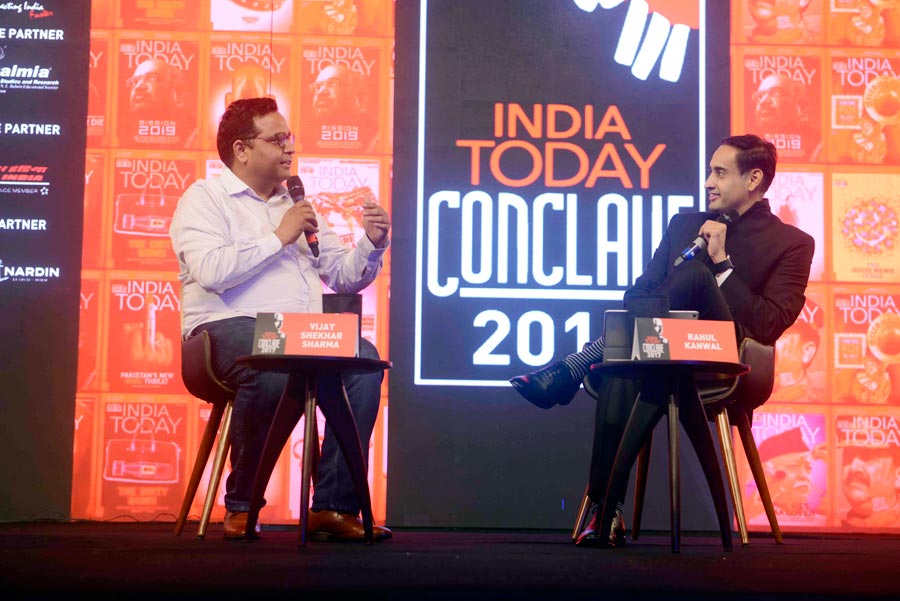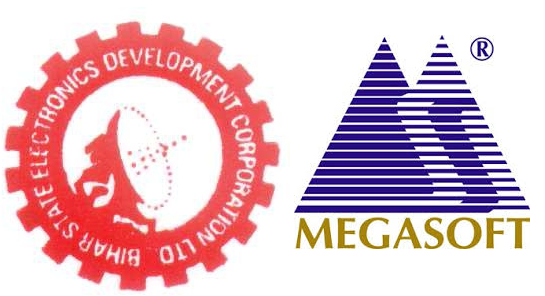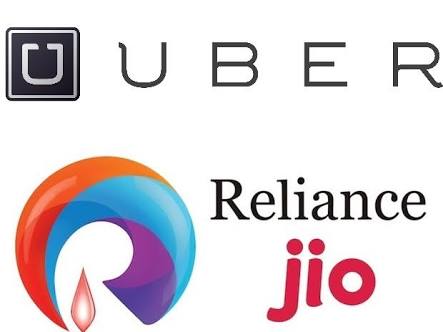Capturing the growing influence of the Internet on the education industry in India, Google and KPMG released a joint report titled; Online Education in India : 2021. The report reveals that the online education industry will grow at a healthy rate of 8x, to become a USD 1.96 billion industry by 2021. The report is based on a comprehensive market research conducted by KPMG, along with a primary research and combined with insights from Google search. The report finds that the paid user base will grow 6x from 1.6 million users in 2016 to 9.6 million users in 2021.

The report revealed that over the last two years, there has been a 2x growth in online searches for education and a 3x growth in searches from a mobile device. Also, 44% of education searches are now coming from beyond the top 6 metros and there has been a 4x growth in education content consumption on YouTube in the last one year.
Highlighting the segment wise growth in the online education space, the report highlights that re-skilling and online certification is currently the largest. In 2016, it was valued at USD 93 million, and is expected to grow at a CAGR of 38% to reach 463 million by 2021. As per the report, the primary and secondary education category has the largest addressable audience with a student base of around 260 million when compared to the other categories. Owing to this, the primary and secondary supplementary education segment was the second largest category in 2016, and will grow at a CAGR of 60% to reach USD 773 million, making it the largest category in 2021. The test preparation which is a small segment as of today is likely to grow at an impressive CAGR of 64 per cent to become a USD 515 million category in 2021.
Speaking about the key findings of the report, Nitin Bawankule, Industry Director, Google India said
The online education segment is set to become a multi-billion dollar opportunity in India. There are many factors driving this growth including the perceived convenience, increased reach and personalization offered by online channels. It is also interesting to note, that high growth in education search queries is now coming in from Tier 2 and 3 cities such as Patna, Guwahati, Aligarh and Kota – which points to the opportunities that growing penetration of smartphones and improving quality of internet have opened up.
Talking about the future of the online education industry in India, Sreedhar Prasad, Partner, KPMG India said
There are several evolving trends in the Indian online education segment that are contributing to the growth opportunities ahead. These include emergence of hybrid learning channels, continuous need for working professionals to learn new skills as well as emergence of technologies such as big data and artificial intelligence that is enabling online education vendors to design customized content. At the same time, it will be critical for players to deliver differentiated offerings for consumers to see continued value in online education channels.
The complete report Online Education in India : 2021 can be downloaded from here
Report Methodology
The Online Education in India: 2021 report is based on a primary qualitative and quantitative research that covered over 3,600 respondents across 27 geographies including metro and non-metros to understand the growth of consumer paid online education market in India by 2021. The respondents are in the age group of 16-45 years, both male and females, who are online/ offline course takers/intenders and parents of primary/secondary courses. Insights from the primary research have then been combined with KPMG India’s proprietary sizing model as well as Google search trends and KPMG India’s industry intelligence.



